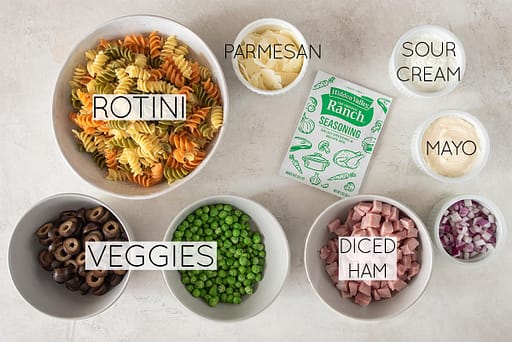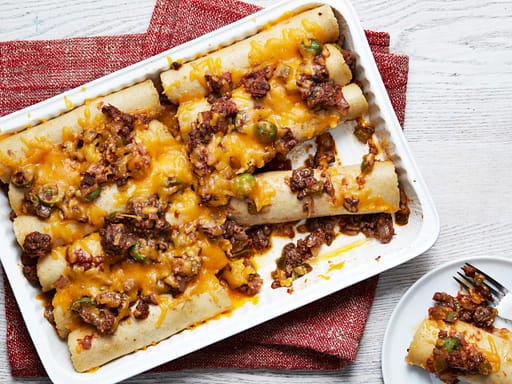Creating a personalized homemade DIY recipe book is a fun and creative way to document and preserve your favorite recipes. Whether you’re a seasoned cook or just starting out, a DIY recipe book can be a valuable resource that you’ll cherish for years to come. Best of all, there are endless possibilities for customizing your book to fit your unique style and needs. In this article, we’ll share some inspiring ideas to help you create a homemade DIY recipe book that’s both practical and beautiful.
Before you begin, gather your favorite recipes and start organizing them into categories, such as appetizers, main courses, desserts, and more. Consider the types of recipes you enjoy cooking and eating most often, and make sure to include a variety of options to keep your book well-rounded. You can also include sections for special occasions, such as holidays or potlucks.
Choose a Theme and Design
The theme and design of your recipe book will set the overall tone and style. Consider the following elements when making your choices:
Cover design: The cover is the first thing people will see, so make sure it’s visually appealing and reflects the content of your book. You can use a photo of your favorite dish, a hand-drawn illustration, or a simple but elegant design.
Paper type: Consider the type of paper you want to use for your recipes. Thick, high-quality paper will make your book more durable and give it a professional look. However, thinner paper may be more lightweight and easier to carry around.
Layout: The layout of your recipe book should be easy to navigate and read. Use clear headings, subheadings, and bullet points to organize your recipes. You can also include photos and illustrations to make your book more visually appealing.
Use Creative Materials and Techniques
There are endless possibilities for using creative materials and techniques to make your homemade DIY recipe book unique. Here are a few ideas:
Embellishments: Add personal touches to your recipe book with embellishments, such as ribbons, stickers, or fabric scraps. You can also use decorative hole punches to create unique borders.
Handwritten elements: Handwritten recipes add a personal touch and make your book feel more special. You can write out your recipes in a beautiful script or use colorful markers to make them stand out.
Recipes from friends and family: Ask your friends and family to contribute their favorite recipes to your book. This is a great way to create a collaborative project that everyone can enjoy.
Conclusion
Creating a homemade DIY recipe book is a rewarding experience that will allow you to preserve your favorite recipes and pass them down to generations to come. By choosing a theme and design that reflects your style, using creative materials and techniques, and including recipes from those you love, you can create a truly unique and special cookbook.
Remember, the most important thing is to have fun and be creative. Your homemade DIY recipe book is a reflection of your personality and cooking style, so don’t be afraid to make it your own.



